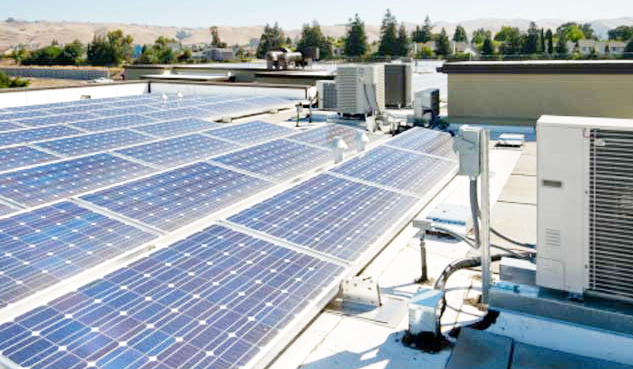The Chief Secretary presided over a meeting aimed at evaluating the preparedness of the UT for the saturation of rooftop solar power installations on all Government edifices by December 2025, aligning with the Prime Minister’s directive articulated during the recently concluded Chief Secretaries Conference in New Delhi. The groundwork for a comprehensive and time-bound strategy to ensure the seamless execution of this ambitious endeavour has to be formulated. The imperative nature of the rooftop solar energy mission for Jammu and Kashmir is underscored by multifaceted considerations. The Union Territory confronts an unprecedented power crisis, relying on the magnanimity of the Central Government for uninterrupted power supply from the grid. Despite power reforms undertaken, the impact on aggregate technical and commercial (AT&C) losses has been marginal, resulting in a staggering debt of thousands of crores looming over JKPDCL. Even with the full operationalization of all hydroelectric power projects, the share allocated to Jammu and Kashmir remains insufficient to meet the UT’s burgeoning energy demands. Consequently, solar power emerges as a pragmatic and sustainable solution in this exigent scenario.
The Science and Technology Department’s report, advocating the transition of nearly 486 MW of the Government buildings’ load to solar energy, aligns with the Chief Secretary’s proactive stance. His call for district-wise detailed project reports (DPRs) reflects a visionary approach towards tackling the power crisis. Nineteen hundred-odd buildings have already got rooftop solar power projects installed. This ambitious undertaking, if executed, has the potential to revolutionise the energy landscape of the UT. Particularly, the summer zone areas stand to gain substantial benefits from harnessing solar energy. In tandem with this, a strategic move to make all smart-metered areas immediately compatible with solar power integration is recommended. This way, surplus power generated can be seamlessly purchased by JKPDCL. The successful realisation of these initiatives necessitates consistent monthly monitoring, stringent evaluation of targets set for district administrations and power corporations, and the solicitation of support from prominent industry players.
Trending Now
E-Paper


